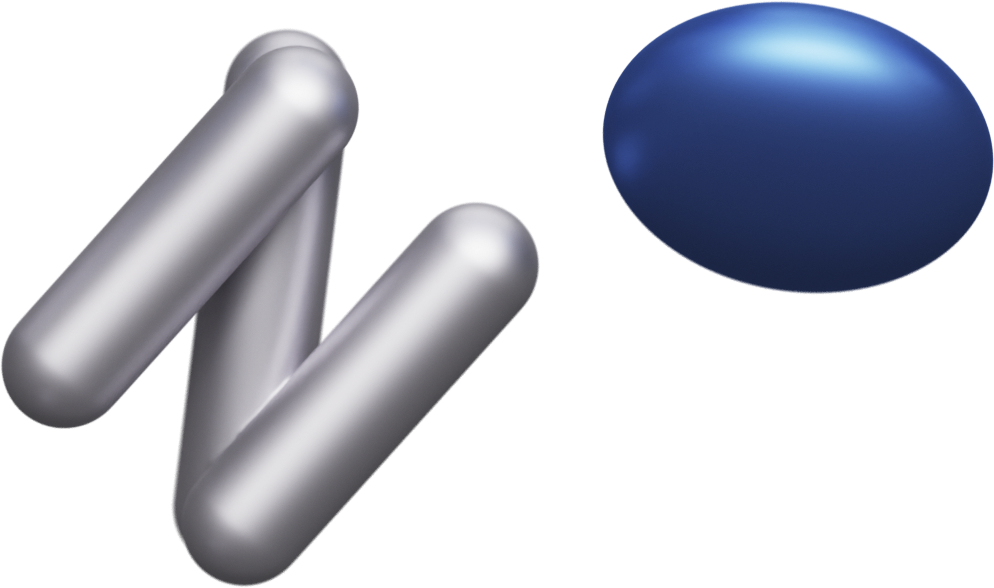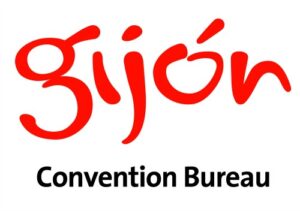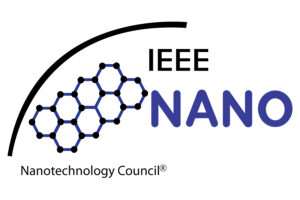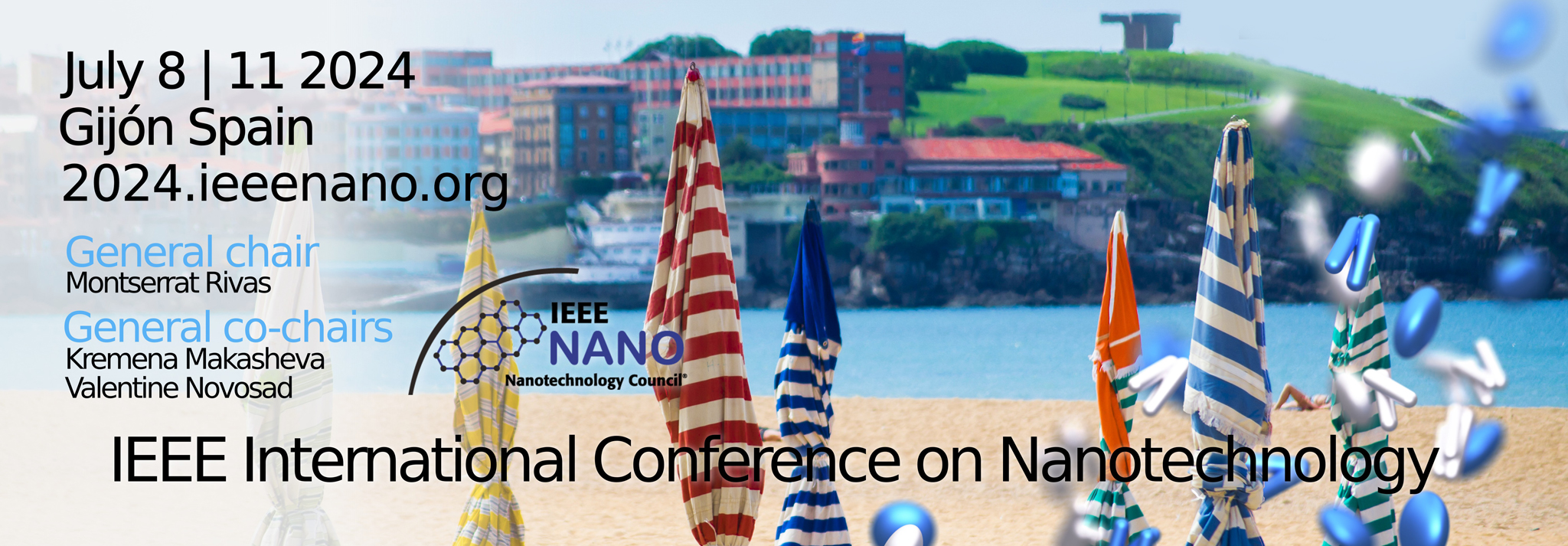
Our motto: An extended bridge to Latin America
Monday 8 July - 16:00 PM - 19:20 PM
The motto for IEEE NANO 2024, “An extended bridge to Latin America”, reflects our commitment to fostering inclusivity and knowledge exchange across borders. As part of this initiative, we are hosting a tutorial session with invited speakers delivering their presentations in Spanish and Portuguese. These talks will be live-subtitled in English, facilitating seamless communication. The session will be streamed online, allowing students from across Latin America to participate. This approach exemplifies our dedication to creating a bridge for knowledge and collaboration, uniting the scientific community in a spirit of diversity and cooperation. Check our program here.

SPEAKERS
Diana Leitao
Department of Applied Physics and Science Education, Eindhoven University of Technology (TU/e), The Netherlands.
Sensores magnéticos (PT)
Magnetic sensors (EN)
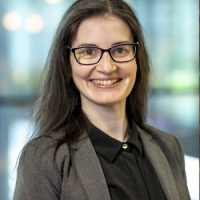
Diana Leitao graduated in Applied Physics from University of Porto, and has a PhD in Physics from University of Porto and Materials Science Institute of Madrid ICMM-CSIC. She then joined INESC Microsystems and Nanotechnologies in Lisbon, first as a postdoctoral researcher, and later as a FCT Investigator Starting Grantee to lead her research line in magnetic nanodevices. Since September 2021 she has been an Assistant Professor at Eindhoven University of Technology. Her research focus is on exploring novel thin-film stackings, designs, and hybrid technology integration to improve the performance of magnetoresistive sensing devices and provide added functionalities. Diana Leitao actively contributes to the international magnetism community via IEEE Magnetics Society and European Magnetism Association (EMA). She is also involved in the organization of main conferences in her research area.
Elis Helena de Campos Pinto Sinnecker
Instituto de Física, Universidade Federal do Rio de Janeiro, Cidade Universitária, Brazil.
Tem menina no circuito (PT)
There is a girl in the circuit (EN)
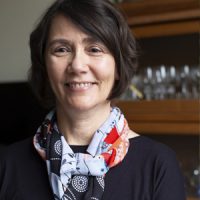
Elis Sinnecker is an associate professor at the Institute of Physics at the Universidade Federal do Rio de Janeiro, with experience in studying the magnetic properties of nanostructures. She obtained her PhD in Physics at Universidade Estadual de Campinas (UNICAMP, Brazil) in 1995 and was a postdoc at Instituto de Magnetismo Aplicado (IMA, Spain) between 1996 and 1998 and later at Centro Brasileiro de Pesquisas Físicas (CBPF, Brazil) between 1999 and 2004. In 2013 she co-founded Tem Menina no Circuito, an initiative to bring girls into STEM careers, which won the Nature award for Inspiring Women in Science – Science Outreach Category 2022. Since 2018 she coordinates LADIF – Museu Interativo da Física (Interactive Physics Museum).
Isabel Díaz
Instituto de Catálisis y Petroleoquímica (ICP-CSIC), Spain.
Zeolitas nanomodificadas para purificar el agua (ES)
Nano-modified zeolites to purify water (EN)

Isabel Díaz got her PhD in Chemistry in 2001, with research leaves at University of St. Andrews (UK), Lund University (Sweden), and Tohoku University (Japan). She was a Fulbright Fellow at the University of Massachusetts and the University of Minnesota during 2002 and 2003. She is currently a Senior Researcher at Instituto de Catálisis y Petroleoquímica, ICP-CSIC in Madrid, Spain. She is also Adjunct Professor at the Chemistry Department of Addis Ababa University, Ethiopia, were she was recruited as Full Professor for six years (2010-2016).
In June 2022 Dr. Díaz was appointed Deputy Vice-president of International Cooperation of CSIC. Her unit handles the strategy of the large international infrastructures at CSIC, as well as international cooperation with Africa and Latin America and the Caribbean.
Jorge Luis Cholula-Díaz
School of Engineering & Sciences, Tecnológico de Monterrey, Mexico.
Síntesis verde de nanoestructuras (ES)
Green synthesis of nanostructures (EN)
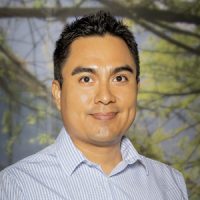
Dr. Jorge Luis Cholula-Díaz received his doctoral degree from the University of Leipzig (Germany) in 2013. Since 2015, Dr. Cholula-Díaz has been research professor at the School of Engineering and Sciences at Tecnologico de Monterrey (Mexico). His scientific research is focused on the green synthesis of different types of nanomaterials (noble metals and metal oxides) with diverse applications in nanomedicine, electrocatalysis and photocatalysis. Dr. Cholula-Díaz is member of the Mexican National Research System (SNI) and the Mexican Chemical Society.
PROGRAM
Monday 8 July
- 16:00h – Opening
- 16:10h – Isabel Díaz (CSIC, Spain)
Zeolitas nanomodificadas para purificar el agua (ES)
Nano-modified zeolites to purify water (EN) - 16:50h – Elis H. d. c. P. Sinnecker (Universidade Federal do Rio de Janeiro, Brazil)
Tem menina no circuito (PT)
There is a girl in the circuit (EN) - 17:30h – Coffee break
- 18:00h – Jorge Luis Cholula-Díaz (Tecnológico de Monterrey, Mexico)
Síntesis verde de nanoestructuras (ES)
Green synthesis of nanostructures (EN) - 18:40h – Diana Leitao (Eindhoven University of Technology, The Netherlands)
Sensores magnéticos (PT)
Magnetic sensors (EN) - 19:20h – Closing
